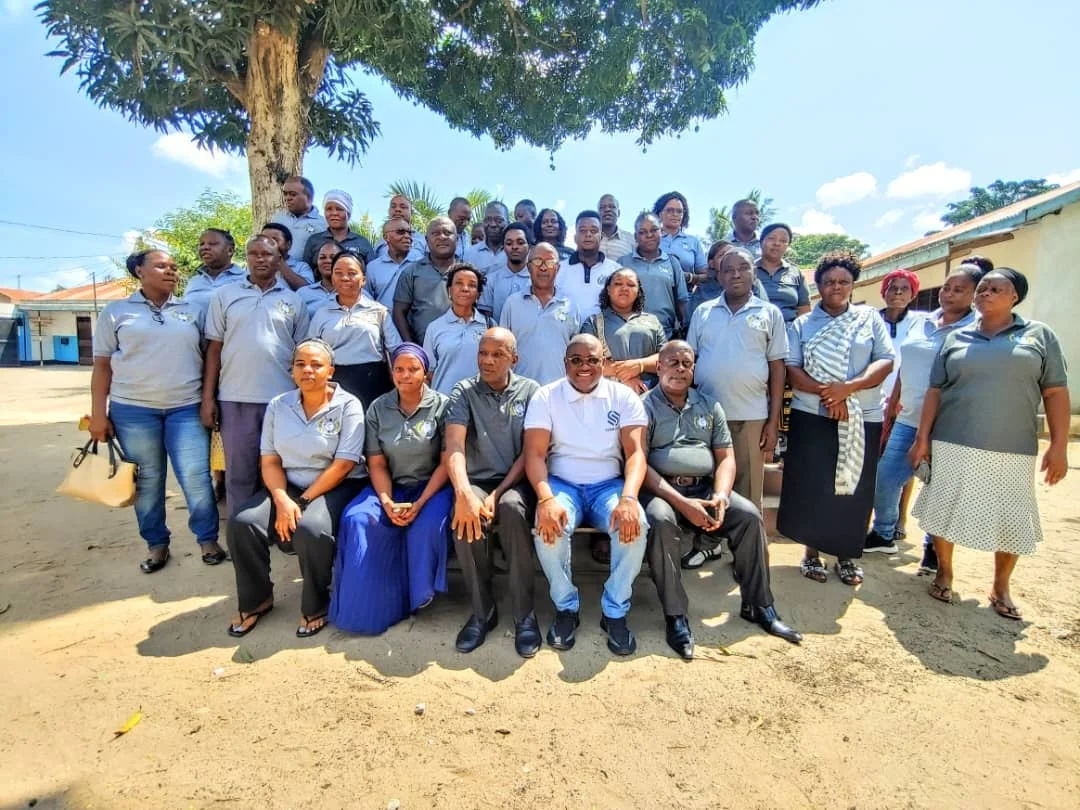What are Saving Groups in Sub-Saharan Africa?

In Africa, a saving group refers to a collective financial arrangement where individuals come together to pool their resources and save money collectively. These groups are commonly known by names such as SACCOS, Rotating Savings and Credit Associations (ROSCAs), or Chamas.
SACCOS, which stands for Savings and Credit Cooperative Organizations, are formalized saving groups that operate under a specific legal framework. They are regulated financial institutions that provide members access to savings accounts, loans, and other financial services.
On the other hand, rotating savings groups (ROSCAs) operate informally and are more common in rural areas or among communities with limited access to formal banking services. In ROSCAs, members regularly contribute a fixed amount of money into a shared pool. Each member takes turns receiving the entire pooled amount until all members have received their share. And then the circle continues.
Chamas are another type of informal saving group found in many African countries. Chamas typically consist of friends, family members, or colleagues who contribute money regularly towards a common goal or investment opportunity. These groups can be focused on various objectives, such as purchasing land, starting businesses, or funding education.
Overall, saving groups in Africa are essential in promoting financial inclusion and providing individuals with access to savings and credit opportunities that may not be readily available through traditional banking channels.
How have Saving groups affected financial inclusion in the last decade?
Over the past decade, saving groups have significantly promoted financial inclusion, particularly in areas where traditional banking services are limited or inaccessible. These groups have emerged as an alternative to formal banking institutions and have proven effective in improving financial access for individuals and communities.
Unlike traditional banking, saving groups offer several advantages that enhance financial inclusion. Firstly, they provide a safe and secure platform for individuals to save money. In many developing countries, people may not have access to formal banking services due to various reasons such as distance, lack of documentation or low-income levels. Saving groups allow these individuals to pool their resources together and create a collective savings mechanism that is easily accessible.
Secondly, saving groups foster community and mutual support among members. Participants in these groups often share similar socio-economic backgrounds and face common financial challenges. By coming together, they can leverage their collective knowledge, skills, and resources to support one another towards achieving their financial goals. This sense of solidarity creates an empowering environment that encourages individuals who may otherwise be excluded from the formal banking sector.
Moreover, saving groups promote financial literacy and education within their communities. Members are encouraged to learn basic financial concepts such as budgeting, savings strategies, and responsible borrowing. This knowledge equips them with the necessary tools to make informed financial decisions and improve economic well-being.
It is important to note that while saving groups have made significant strides in promoting financial inclusion over the last decade, they are not without limitations. They typically operate on a smaller scale with limited resources than formal banking institutions. Additionally, there may be challenges related to governance structures, fraud cases, and sustainability over time.
In conclusion, saving groups have positively enhanced financial inclusion by providing accessible savings platforms for individuals who lack access to traditional banking services. These community-driven initiatives offer an inclusive environment where members can save collectively while fostering mutual support and empowerment within their communities.
More about SACCOS
SACCOS, or Savings and Credit Cooperative Societies, are financial institutions owned and operated by their members. They are formed to promote savings and provide credit facilities to their members.
SACCOS are typically formed by individuals with a common bond, such as working for the same organization or belonging to a specific community. These individuals come together and pool their savings into a common fund, which is then used to provide the member’s loans and other financial services.
Over time, SACCOS can grow as more individuals join and contribute to the savings pool. The size of a SACCOS can vary greatly, ranging from small community-based cooperatives to large national-level organizations with thousands of members.
SACCOS operate on the principle of democratic control, where each member has an equal say in the decision-making process. They are governed by a board of directors who the members elect. These boards are responsible for setting policies, making investment decisions, and ensuring that the SACCOS operates by its objectives.
Regarding operations, SACCOS offers various financial services, including savings accounts, fixed deposit accounts, loans (both short-term and long-term), insurance products, and even investment opportunities. They aim to provide affordable credit facilities to their members at competitive interest rates while encouraging regular saving habits.
Overall, SACCOS are essential in promoting financial inclusion by providing access to affordable credit and encouraging savings among its members.
In Wakandi, we digitize the informal economy by delivering a core banking system to groups like SACCOS, Chamas and ROSCAs.

Comments